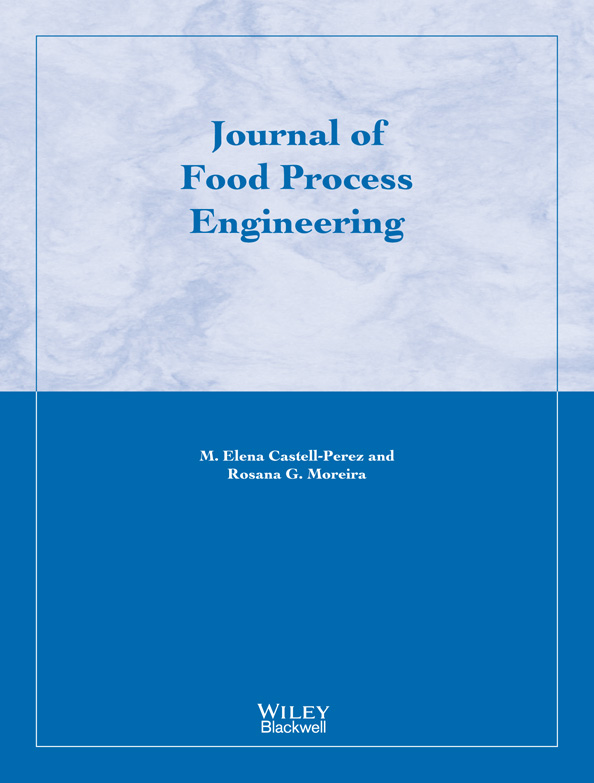A New Device for Dosing Additives in the Food Industry Using Quality Function Deployment
Abstract
This work presents an application of the quality function deployment method to the development of a new automatic device for supplying food additives for preserved foods, specifically in the form of tablets. The system operates at high speed with no increase in the proportion of improperly dosed containers. In short, this innovative system permits the dosing of additives in solid form with greater productivity than is possible with manual dosing and without the problems of incorporating additives in liquid form. This automatic dry-dosing method provides safer and better quality end-products than present dosing methods.
Practical Applications
The development of this new device allows a significant increase in efficiency and productivity in the automatic dosing of food additives. It gives a competitive advantage in an industry where trade margins are becoming narrower. Moreover, it also leads to potential strategies for the application of the quality function deployment method in the food processing industry.




